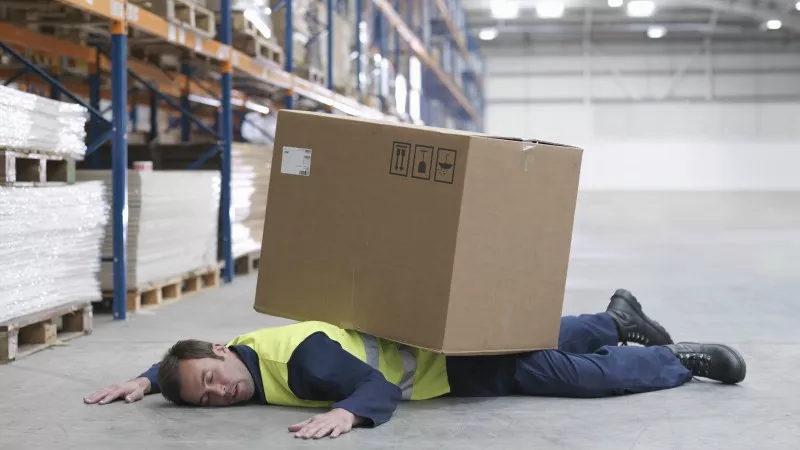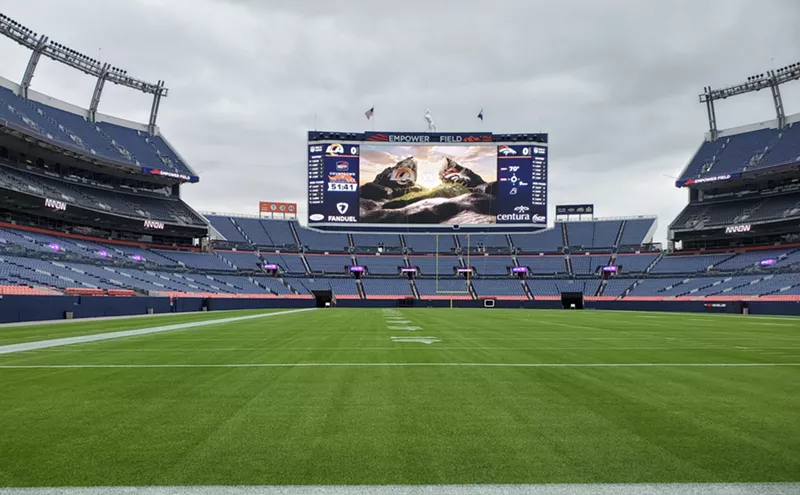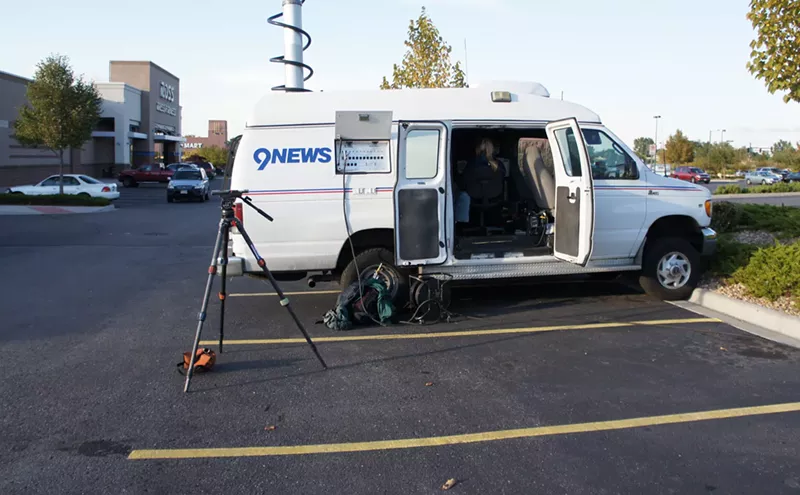The analysis comes from Pinnacol Assurance, which touts itself as "Colorado's top choice for worker's compensation." Claims data compiled by the firm shows a 62 percent injury spike on January 9, with an average of 198 Colorado workers getting hurt on the day.
The most common injuries recorded by Pinnacol were weather-related, as grouped in the category "slip, trip and fall on ice and snow." That may seem strange to residents of Denver, where January is the sixth-snowiest month of the year. According to the National Weather Service, the 6.6 inches of snow that typically pile up in the Mile High City during the 31 days of January trails March (11.4 inches), April (8.9 inches), December (8.1 inches), February (7.7 inches) and November (7.5 inches). But research from weather.com reveals that January is much snowier in many other parts of the state.
Besides, such stumbles are only one of the mishaps that result in employee pain on January 9. Here are the five major types of worker injuries that typically take place in Colorado today.
1. Slip, trip or fallNonetheless, Ellen Sarvay, a Pinnacol safety consultant, focuses on precipitation. She states that "snowy weather is part of Colorado's allure and charm, and anyone who's lived or run a business here knows conditions can change rapidly. So it's no surprise that we see a lot of these injuries. More awareness, preparation and caution in bad weather could help reduce these injuries significantly." She encourages companies to promptly clear and properly light walkways and parking lots, and urges employees to take it slow and steady while moving from their car to the front door.
2. Strains
3. Struck (usually by an object)
4. Strikes (usually workers make contact with an object, such as hitting their head on a shelf)
5. Cuts
The workers most prone to agony on January 9 work in the professional/clerical or health care fields. In Colorado, this is the single-most treacherous day of the year for both industries.
Folks with other specialties can't rest easy if they manage to make it through today unscathed. Education employees in Colorado are most apt to get hurt on February 9, service-and-hospitality pros are especially susceptible on July 13 and those toiling in construction and natural resources should be particularly wary of falling objects on July 28.
By the way, the forecast for today in Denver calls for a dusting of snow overnight into Friday, January 10. But there are plenty of icy patches still lingering in alleyways and the like from the hammering the Front Range took during Thanksgiving week. Stay safe, and don't become a statistic.













